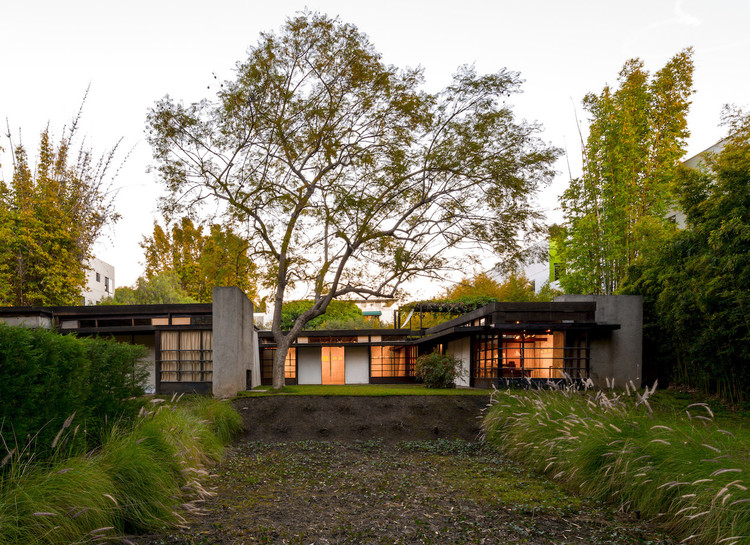
Recently the subject of a competition to reimagine its expansive facade, the MetLife building is one of Manhattan's most noticeable - and hated - buildings. In this article originally published on 6sqft as "Great Game Changers: How the MetLife Building Redefined Midtown Architecture," Carter B Horsley tells the tale of how the building came to be.
Perhaps the most detested midtown skyscraper by the public, this huge tower has, nevertheless, always been a popular building with tenants for its prime location over Grand Central Terminal and its many views up and down Park Avenue. It is also one of the world’s finest examples of the Brutalist architecture, commendable for its robust form and excellent public spaces, as well as its excellent integration into the elevated arterial roads around it.
However, it is also immensely bulky and its height monstrous. As shown in the photograph ahead, the building completely dominates and overshadows the former New York Central Building immediately to the north, which had been designed by Warren & Wetmore as part of the “Terminal City” complex. The New York Central Building, now known as the Helmsley Building, straddled the avenue with remarkable grace and its distinguished pyramid. As one of the city’s very rare, “drive-through” buildings, it was the great centerpiece of Park Avenue. But by shrouding such a masterpiece in its shadows, quite literally, the Pan Am Building (today the MetLife building) desecrated a major icon of the city that will unfortunately will never recover from this contemptible slight on such a prominent site.
















_023-b.jpg?1457451333)




















.jpg?1457119960)
